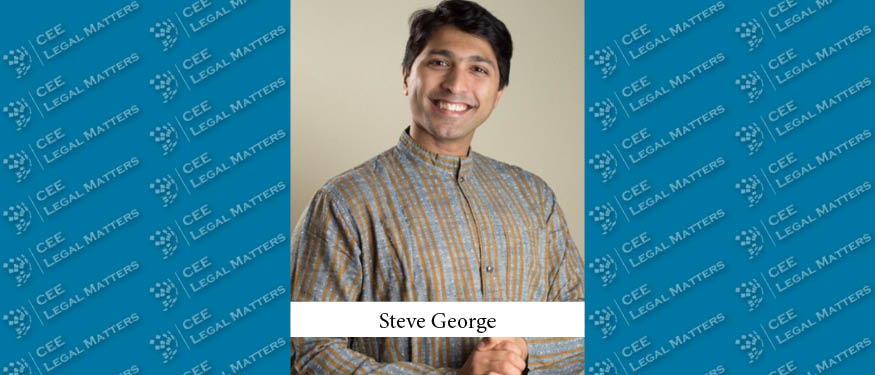Let’s be honest – most law firm websites aren’t exactly thrilling. In theory, they should exude expertise, professionalism, and credibility. In reality? Many are riddled with outdated designs and buzzword-filled copy that says a lot without actually saying anything.
Legal professionals pay close attention to how they present themselves to prospective and current clients: sharp outfits, polished shoes, neat haircuts, and tasteful accessories. I would argue that in this day and age, when so much of the first impression is created by the online presence, the digital space of a law firm deserves the same level of attention to detail.
As a marketing advisor at Five-o-eight, I browse through websites of law firms on a regular basis. Here are some of the most common mistakes I encounter.
- Absent or expired SSL certificates: This digital certificate verifies the security of a website by authenticating its identity and establishing an encrypted connection. An expired or absent SSL certificate screams, “We don’t take data privacy seriously!” That’s not exactly the message law firms want to send to potential clients. Modern browsers even slap a big fat security warning on unsecured sites.
- The lack of meta tags: Meta tags might sound like tech jargon, but they do some heavy lifting for a site’s visibility. Two examples that don’t require any specialized knowledge of search engine optimization (SEO) include: (1) link previews impact click-through rates (e.g., the way the preview information like the featured image, page title, and meta description appear when a link to a page is posted on LinkedIn); (2) meta tags impact how a page appears in search engine results pages.
- Heavy images and videos: Page speed is an important factor for user experience. Unfortunately, many law firms fail to optimize their images and videos, which then results in slow page load times. Displaying past clients’ logos, awards, and professional headshots of employees is important. However, do they really need to be the size of a billboard?
- Infrequent page updates: In around 50% of the cases (yes, the number is that high!), law firms do not update such basic info as the copyright year. Sometimes, it is off by a year or two. In most instances, it’s from 10 years ago, which is probably when the website was built or redesigned. Similarly, I notice too many websites where law firms display their dynamic content like firm news where the latest post is from three years ago. A website should feel alive – not like an abandoned time capsule.
- Little to no marketing strategy in the user journey: A lonely contact form tucked away on the “Contact Us” page is not a marketing strategy. It’s important to engage and nurture users. Adding a newsletter subscription that’s displayed prominently on the blog/insights/thought leadership section would be Step 1. Step 2? Customizing the calls-to-action based on the subject/industry/practice area – e.g., “Receive legal updates in the M&A market directly in your inbox.”
- An outdated, unresponsive design: Here, I’m referring to websites that look like they were created in the early 2000s: newsletter-style boxed layouts with a grey background, clunky navigation, uninspired templates with barely any customization, lack of alignment or balance between graphics and text, autoplaying creatives like videos and carousels, etc. Plus, many fail to optimize their website for various screens such as mobiles and tablets. In 2025, it’s the bare minimum that users expect.
- The lack of clear value propositions and social proof: The legal industry, more so than most others, I would argue, is an expertise-specialization-based business. Clients want experts with years, if not decades, of experience. The stakes are too high. Unfortunately, most law firms use this as their literal messaging with vague, cookie-cutter statements like “We are a leading law firm in [insert industry] with 70+ years of combined experience”. There is no differentiation, no clear social proof in the form of testimonials, case studies, or thought leadership pieces.
A law firm’s website isn’t just a digital business card – it’s often the first test of credibility. If it’s outdated, slow, or stuffed with generic messaging, potential clients will bounce faster than you can say “leading, client-focused, and results-driven.”
The good news? These mistakes are all fixable.
By Steve George, Marketing Advisor, Five-o-eight
















